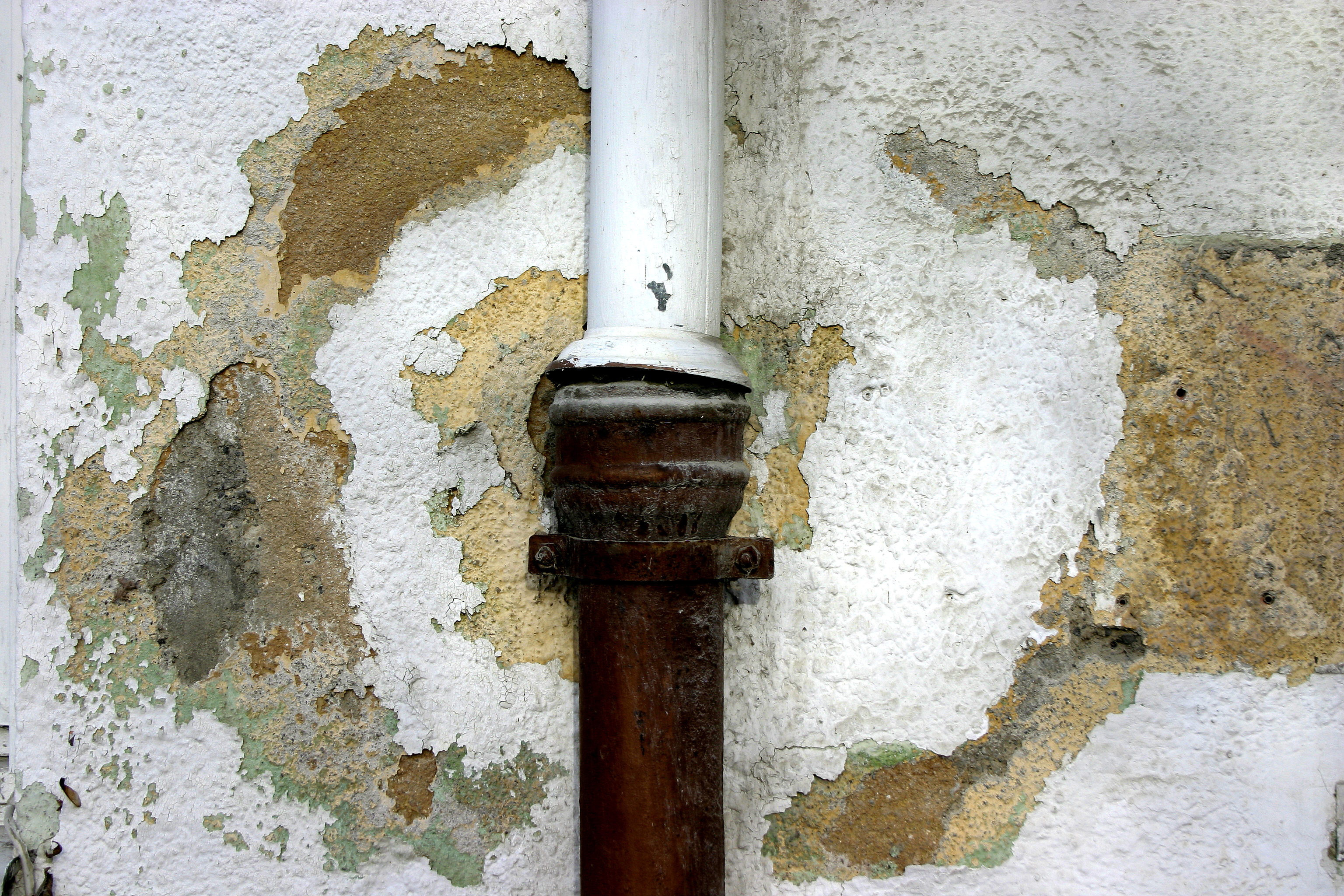The article author is making a few good points regarding What You Can Do At Home To Prevent Fire And Water Damage as a whole in the article down below.

Water provides life, water intrusion on parts where it's not intended to be can result in damage. Houses with water damages odor moldy and also old.
Water can come from several resources such as tropical cyclones, floodings, burst pipes, leaks, as well as sewer problems. In case you experience water damages, it would be excellent to know some security preventative measures. Here are a couple of standards on just how to handle water damages.
Do Prioritize Home Insurance Coverage
Water damages from flood because of heavy winds is seasonal. You can also experience an unexpected flooding when a damaged pipeline all of a sudden breaks into your home. It would certainly be best to have residence insurance that covers both acts of God such as natural tragedies, and emergency situations like broken plumbing.
Do Not Neglect to Switch Off Utilities
In case of a disaster, particularly if you reside in a flood-prone area, it would certainly be a good idea to turn off the major electric circuit. This removes power to your entire house, stopping electrical shocks when water comes in as it is a conductor. Moreover, do not fail to remember to turn off the main water line shutoff. Furnishings will certainly move about as well as trigger damage when floodwaters are high. Having the major valve shut off avoids further damages.
Do Stay Proactive and Heed Weather Condition Informs
Storm floods can be really unforeseeable. Stay ready and also proactive if there is a background of flooding in your neighborhood. Listen to discharge cautions if you live near a lake, creek, or river . Get belongings from the very beginning as well as basement, then put them on the highest feasible level. Doing so minimizes potential residential property damages.
Do Not Ignore the Roof
You can prevent rain damages if there are no holes and leakages in your roof covering. This will certainly avoid water from flowing down your walls and saturating your ceiling.
Do Pay Attention to Little Leaks
A ruptured pipe does not happen over night. Normally, there are red flags that indicate you have weakened pipelines in your home. For instance, you may notice bubbling paint, peeling wallpaper, water streaks, water stains, or leaking audios behind the wall surfaces. At some point, this pipe will rupture. Ideally, you should not await points to escalate. Have your plumbing fixed prior to it leads to enormous damages.
Don't Panic in Case of a Ruptured Pipeline
Maintaining your presence of mind is crucial in a time of crisis. Panicking will just intensify the trouble because it will certainly stifle you from acting fast. Timing is crucial when it comes to water damage. The longer you wait, the even more damages you can expect. Hence, if a pipe bursts in your residence, immediately shut off your primary water valve to cut off the source. Unplug all electrical outlets in the location or turn off the circuit breaker for that part of the home. Lastly, call a reputable water damages reconstruction specialist for assistance.
Water gives life, water breach on parts where it's not supposed to be can result in damage. Residences with water damage smell old and musty.
Water damages from flood fees to hefty winds is seasonal. You may notice bubbling paint, peeling wallpaper, water streaks, water discolorations, or dripping audios behind the walls. When it comes to water damages, timing is key.
Are Water Mitigation and Water Damage Restoration the Same Thing?
When are Water Mitigation Services Needed?
Water intrusion can come from small sources like a dishwasher leak or larger ones like rainwater causing inches of standing water in a basement. Other instances of damage that call for water mitigation services include:
Sewer backup, sump pump failure, or clogged toilets Toilet wax seal failure Shower pan corrosion Pipe leaks and ruptures Washer or icemaker line breaks HVAC drain line blockage A leaking roof Moisture behind walls Foundation cracks Mold Mold is a good example to illustrate how water mitigation works. We’ve often found that clients we do mold remediation services for had existing water damage issues that ended up leading to the mold damage. When performing water mitigation we look for what’s causing the water problem and for ways to stop mold before it multiplies and becomes a bigger concern.
Are You Currently Experiencing a Water Disaster?
If you’re in the middle of a water intrusion disaster, here are some important dos and don’ts to follow:
Don’ts:
Safety first! Do not enter a room with standing water until the electricity has been turned off! A regular household vacuum should never be used to pick up water. Never use electrical appliance if standing on a wet floor or carpet. Leave visible mold alone. Dos:
Call a water mitigation professional as soon as possible. Mold and other damage can begin within hours of a water intrusion. Mop and blot up as much water as possible. Remove non-attached floor coverings and mats but leave wall-to-wall carpeting removal to a pro. If there are window coverings like draperies that touch the water, loop them through a hanger and put them up on the rod. Remove wet cushions to dry and wipe down soaked furniture. Move valuables like paintings, photos, and art objects to a dry location. Books should be left tightly packed on shelves until it’s determined if they need specialized drying. Prop open closets, cabinets, and drawers to allow them to air out. https://cfrsfl.com/blog/are-water-mitigation-and-water-damage-restoration-the-same-thing/

As a serious person who reads on Keeping Your Home Safe This Holiday Season, I was thinking sharing that piece of content was a smart idea. Sharing is nice. Who knows, you might be helping someone out. Many thanks for taking the time to read it.